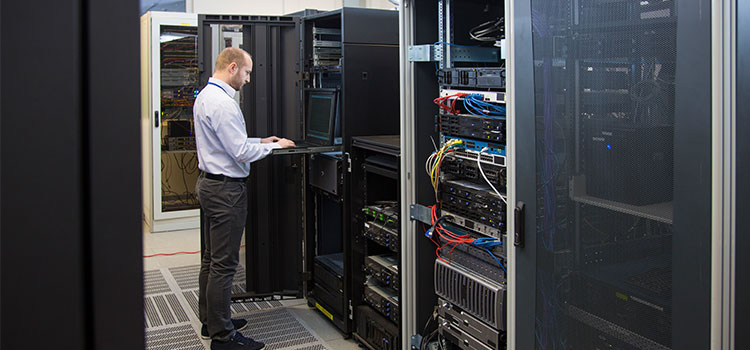Every day for work and play, users log in to networked systems. They search across networks, utilize usernames and passwords with little concern for the bewildering interplay of hardware, software, and logic that facilitates their activities.
A network is a tool and a toy, one that shows immense power yet stays surprisingly simple to use, powering the real world’s generators of commerce and entertainment. This balance of speed and security has a lot behind it.
It must first be carefully planned, like with any modern construction, and network and security architects are an integral part of these design teams. Detailed below are the requirements and expectations for a network and security architect.

Duties
The overall management of the information technology security systems and protocols of an organization is the responsibility of network and security architects.
They evaluate IT and computer systems, finding limitations and strengths. Their typical obligations are as follows.
- Conduct penetration checks on local area networks, wide area networks, and virtual private networks, risk assessments and legal hacks
- Test routers, firewalls, and similar systems to assess effectiveness and performance
- Drive current security mechanisms for computers and networks to their limits
- Providing instructions to members of the information technology (IT) security team
- To organize successful security protocols, lead IT analysts, safety managers, and security engineers
- Responding to security violations
- Evaluate causes, loss, and data recovery, prepare detailed reports for their colleagues, administrators and managers
- In response to vulnerabilities and incursions, incorporate necessary modifications, enhancements, and upgrades
- Planning and introducing architectural modifications to improve security mechanism
- Design and introduce completely new architectures for security
- Blending organizational policies and industry standards with knowledge of security hardware and software, organizational requirements, and cybersecurity risks
Education and Experience
Usually, the work is not entry-level. In some IT fields, most network security architects have five or more years of experience and one or two years of cybersecurity practice.
A bachelor’s degree in computer science or a relevant field is also necessary and it is usually preferred to have a master’s degree in cybersecurity.
Additional experience in security strategies, processes, and architecture is provided by industry certifications, continuing education programs, and graduate degrees.
The most sought-after are those that have been designated as Centers of Academic Excellence in Cyber Defense among the numerous institutions offering cybersecurity degree programs.

Certification
The best information security certification for network security architects is the Information Systems Security Architecture Professional (ISSAP) certificate.
It is offered through the International Information Systems Security Certification Consortium ((ISC)²). Even if you don’t get that certification, certifications of all stripes will be regarded favorably.
The ISSAP is part of the larger certificate series of Certified Information Systems Security Professional (CISSP) and provides insight into the network architectural design details needed for secure systems.
Skills
Network and security architects should have expert knowledge of multiple operating systems, network protocols, and current and emerging cybersecurity technologies. As information is accessed through multiple platforms and networks.
Strong oral and written communication skills are a good-to-have for these architects since they must be able to communicate operation and security specifications effectively.
They will need to provide updated information on the efficacy of the network against external threats and the dissemination of cybersecurity initiatives with quality standards.
Excellent analytical and problem-solving skills are relevant since network and security architects must perform ongoing reviews of the network security measures of the company and recognize potential threats and provide risk reduction and mitigation.
Conclusion
For network and security architects, the U.S. Bureau of Labor Statistics (BLS) predicts a 5% increase in jobs between 2018-2028.
According to PayScale, network and security architecture maintains a vibrant, competitive sector with median salaries topping $122,000.
